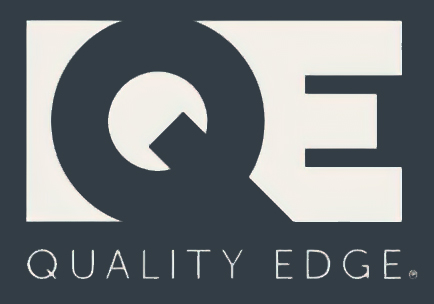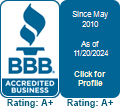Taking a vacation? The odds are very good that your airline will offer you three pricing options: Good, Better, or Best.
- Good: the lowest possible price, with no refunds or changes allowed
- Better: a bit more legroom, and perhaps early boarding
- Best: a fully refundable or changeable fare, with much more comfortable seating
This approach lets everyone choose the option closest to his or her own needs. On a budget? Choose the cheapest option. Traveling for business with a critical meeting one hour after you deplane? Choose the most expensive option.
Good/Better/Best is the opposite of one-size-fits-all. Although people sometimes grumble that the cheapest option lacks enough amenities, they would grumble more if it didn’t exist.
In a 2016 study of 104 software companies, 72 offered some version of Good/Better/Best. The study notes that, “This strategy keeps things simple while creating a natural upsell path for customers. Plus it allows companies to reach a variety of potential customers… from those who just needs the basics to those who want it all.”
We mention software companies because they tend to be at the forward edge of the latest marketing techniques.
Done properly, this marketing approach not only benefits your customers but also your company. Psychology Today observes that, “Customers interested in… more expensive choices are not as price sensitive. They are more conscious about factors like appearance, status, style, and performance. So companies can and do mark up these options to a much greater degree.”
In other words, give price conscious customers low prices; you’ll get volume but not much in the way of profits. Give service and quality conscious customers the best possible offerings; you’ll get less volume but higher profit margins.
In today’s marketplace, it’s vitally important to get out of the “competing on price” trap. Doing business this way, you are always at the mercy of your dumbest competitor, the one willing to lower prices beyond the point at which they can make a profit. In industry after industry, margins are all but disappearing.
One way out of this trap is to offer more attractive options (i.e. better and best) for those customers who want more customization and/or quality. Serving these customers well is a great way to build loyalty and protect your business against the dangers of losing your profit margins entirely.
By the way, some businesses call this the Small/Medium/Large strategy. Go to a movie theater and it is almost impossible to order anything but a large popcorn. The Small is insanely small for the money. The Medium is better, but a (huge) Large is just slightly more expensive than a Medium. It’s the combination of pricing vs. size that makes it so hard to turn away from the Large, even though you really don’t want a Large.
The moral of this last story is to always look at your options in relation to each other. You can make a Better or Best option more appealing by the way you price and describe it relative to your Good option.
“This strategy (Good Better Best) keeps things simple while creating a natural up-sell path for customers. Plus it allows companies to reach a variety of potential customers… from those who just needs the basics to those who want it all.”
“Customers interested in… more expensive choices are not as price sensitive. They are more conscious about factors like appearance, status, style, and performance. So companies can and do mark up these options to a much greater degree.”
-Psychology Today





